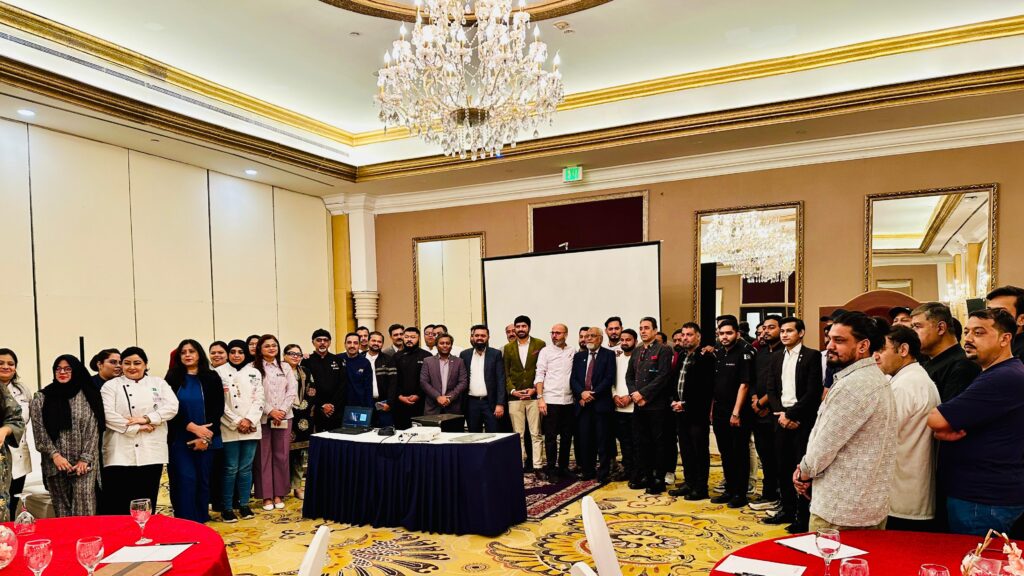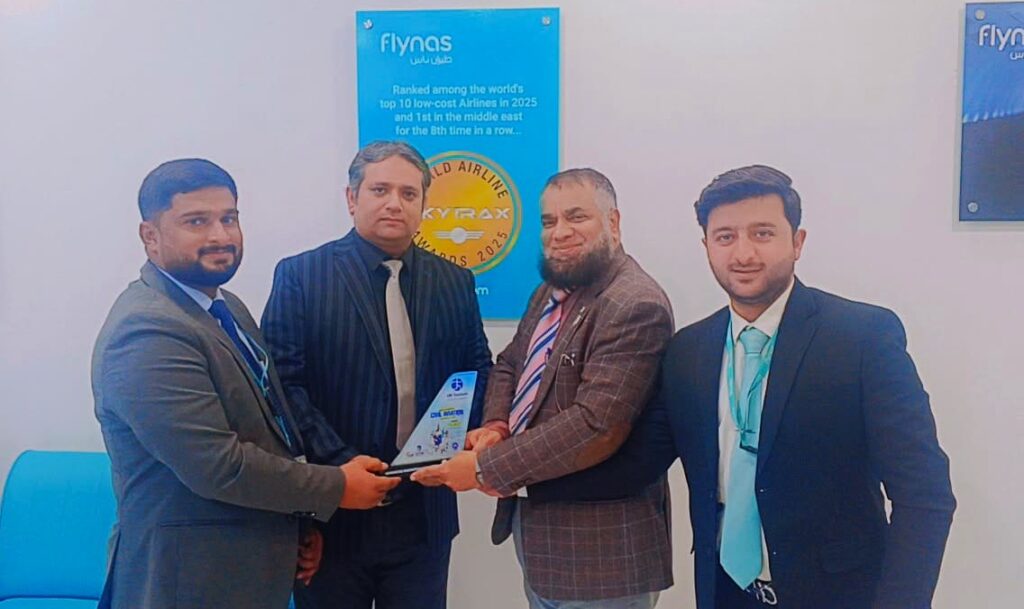Staying on track while fasting during the Ramadan month has become very difficult for the people of every age. Ramadan can be a great opportunity to make changes to improve the balance of your diet healthily. We just need to get through a healthy eating pattern during fasting in Ramadan. Fluid intake and balanced food holds importance in between fast. Fasting improves a person’s health but if you are not going through a healthy diet, it can worsen it. A person should spare a great deal of time and think about the quantity and type of food he is consuming. Food should be consumed from all major food groups.
Make your Suhoor simple
Suhoor is an integral part of Ramadan. For this meal, consume food that will release energy throughout the day. Stick to high fibers, complex carbohydrates, and high protein foods, they will keep you feeling full for a long time. Eating complex carbohydrates like whole grains (bread, oats, barley, pasta) and whole fruits and vegetables will prevent excessive hunger and support normal blood sugar levels. Eating protein in Suhoor will prevent muscle loss and make you feel full for a long time.
Make plant food part of your meals to fulfill the intake of essential nutrients. Soluble fibers are highly recommended in suhoor as when they get dissolved in water, they form a gel which slows down the digestion process and makes you feel full during fasting. Foods that contain soluble fibers are oats, legumes (beans, peas, and chickpeas), okra, eggplant, etc. Fasting is not a deciding factor here but what is consumed by your body in non-fasting hours is. Now, our concern is feeling hydrated during fasting. For that, you need to add plenty of fluids in your suhoor meal like water, low-fat milk, and fresh juices but not tea or caffeine as it leads to loss of water which increases thirst. Our body goes on detoxification mode during fasting. For this, we need to avoid processed and sugary drinks.
“Lifestyle management is the key to fast in Ramadan”
Workout during Ramadan
The best time to do a workout is when you can replenish your body with nutrients right afterward which is only possible before iftaar. Do light intensity exercise to burn your fat and then feed your body with nutrients. If you want to do high-intensity training, then weight lifting is recommended make sure to do this after iftar. Go with some light dishes in iftar and then exercise followed by dinner.
What to eat at Iftar time
After many hours of fasting, your first meal is iftar. Rehydrate yourself from iftar till suhoor with water (at least 8 glasses), milk (low fat) and you can have tea at night but not in suhoor. Dates are taken to break your fast & it is essential as dates are rich in vitamins, minerals, and carbohydrates that helps your body prepare for a meal about to receive. Go with foods full of nutrients like fruit charts, soups, stews, etc. They provide nourishment and hydration, do not go overboard with eating in iftar. Consume baked foods (fish and chicken) with sautéed and roasted vegetables instead of deep-fried foods with excessive oil. Shallow frying for samosas, fries, and pakoras is recommended instead of deep-frying. Milk-based sweets and puddings are recommended instead of high sugar and high-fat food. Alternate your parathas, greasy toasts, and pastries with chapattis without oil. Portion control is important here to maintain your health and weight. Our body takes twenty minutes to give you signals of enough eating. Eat slowly and mindfully. Put less stress on your body. Try not to be completely sedentary during fasting. Go on a walk after iftar.
Can diabetic patients fast?
Every person has different conditions regarding their body’s health, sometimes fasting is safe but in diabetic condition, you have to be careful with fasting in Ramadan continuously. People with type 1 diabetes are on insulin, so they are at greater risk when fasting compared to people with type 2 diabetes. It is necessary for them to take insulin, or they can develop hyperglycemia. However, if you want to fast still, consult with your health care team or doctor to provide you with education about managing your diabetes with fasting. In type 2 diabetes patients, risk associated with fasting is quite low. If you distribute your calories over two to three smaller meals during the non-fasting hours, it might help prevent excessive postprandial hyperglycemia. Adjust your medication doses during non-fasting hours. Do daily exercise program with your health care advisor suggestion to avoid complications. You have to be ready to break your fast if you have low or high blood sugar levels. Remember! Fasting for the body is the food for the soul.










